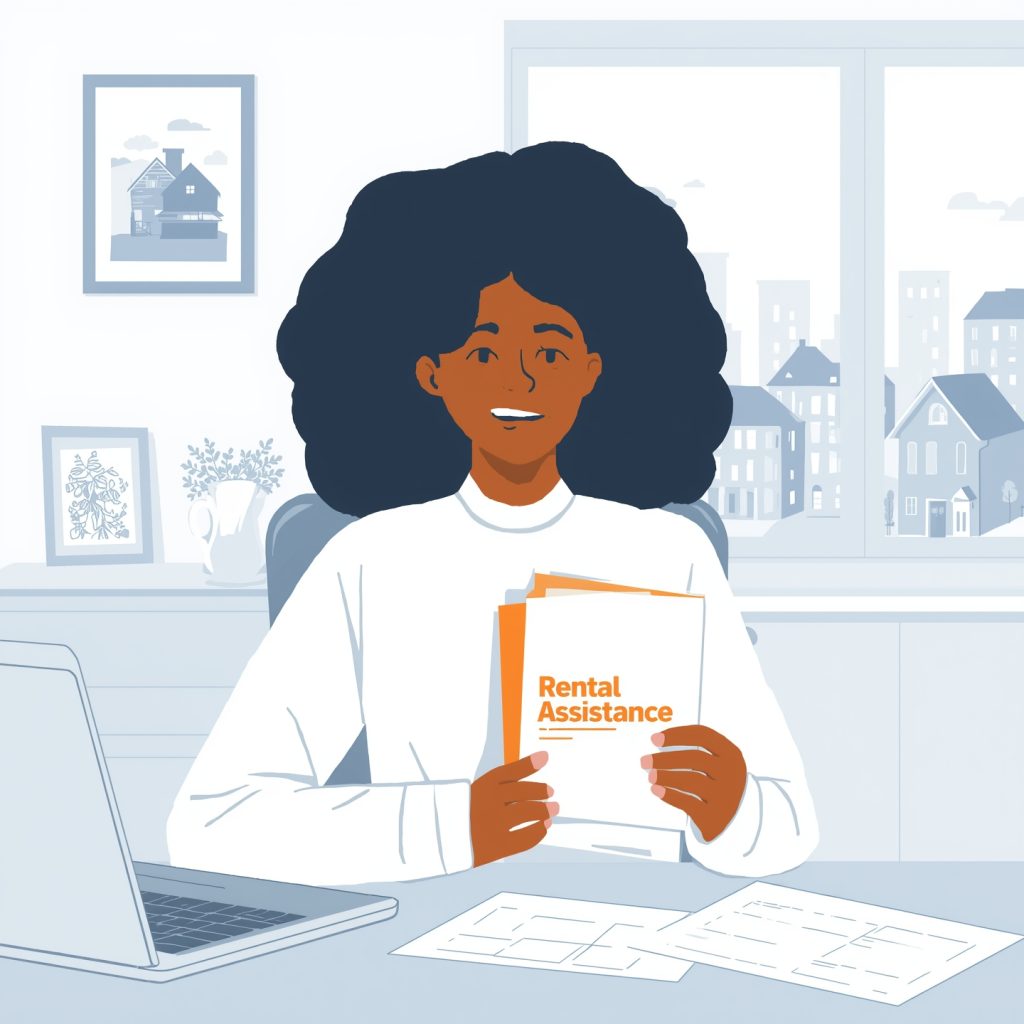How Self-Directed Care Operates Day to Day

Disclaimer: Informational content only. This is not medical, legal, or financial advice and does not offer services or endorsements.
Roles and responsibilities
Self-directed care organizes tasks among the participant, representative (if chosen), and care team. Care planning records essential routines and safety steps; care coordination keeps updates moving between people so changes are documented and traceable.
Clear documentation
Reliable records prevent confusion. A plan typically identifies schedules, task boundaries, and backup steps. Documentation helps the team see what happened, what improved, and what needs attention. This is about clarity, not complexity.
Training and support
Depending on local rules, practical training may be available to explain rights, responsibilities, and reporting. The goal is shared understanding. Participants can also note digital phrases that appear in general guidance, such as pplfirst com, ppl first com, or pplfirst, as references to common naming patterns, not endorsements.
Safety and risk controls
Programs outline safeguards such as incident reporting, periodic reviews, and role clarity for care coordination. When routines change—new hours, different tasks, or added equipment—the plan is updated so that every change is visible and approved where required.
Communication flows
Effective teams define who to contact for plan updates, who tracks documentation, and how to confirm completion. This reduces misunderstandings and supports a consistent experience across weekdays, weekends, and holidays.
Boundaries and expectations
Self-direction is about informed choice within agreed parameters. The plan sets limits to protect safety and program integrity. Transparency keeps expectations realistic: what is included, what is not, and how to escalate questions.
Digital portals in context
Portals may help people check plan details or messages. Wording like ppl login or ppl home can appear in generic instructions. Access practices usually emphasize privacy, secure passwords, and careful handling of personal information.
Stability beyond clinical tasks
Daily life can intersect with housing assistance or rental assistance. These topics sit outside clinical services but can influence scheduling and continuity. Mentioning them here acknowledges the connection without offering or promoting services.
Continuous improvement
Routine reviews strengthen quality. Teams look for better ways to record daily steps, simpler handoffs, and faster responses when needs change. Small, steady improvements keep the model practical.
Disclaimer: This neutral overview is not advice and does not offer or market services. Follow local policies and program guidance.